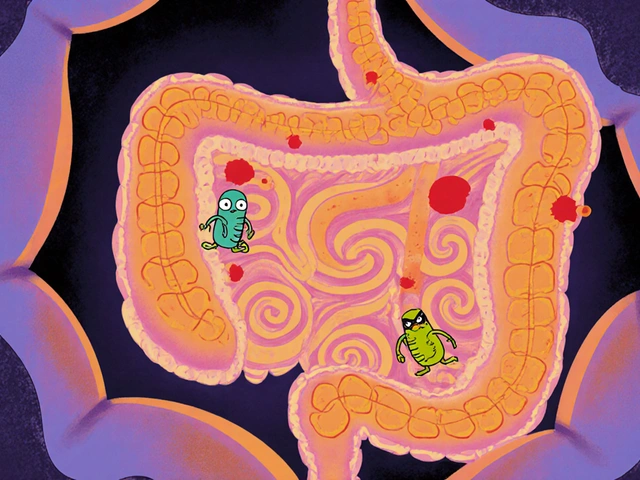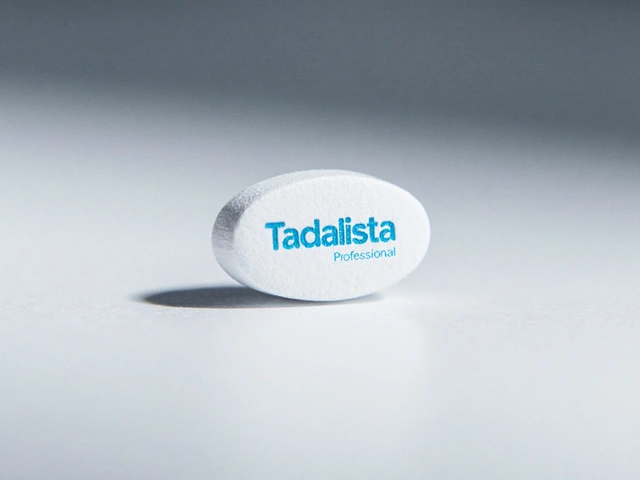Cancer Treatment: Practical Guides, Meds, and Care
If you or someone you care about faces cancer, you want clear facts fast. This tag page pulls together practical articles on cancer treatment options, common drugs, side effect tips, and real-world advice from clinicians and reviewers. Use these links to compare treatments, learn safety points, and prepare for clinic visits.
Treatment types at a glance
Surgery removes tumors when possible and is often the first step. Radiation uses high-energy beams to kill cancer cells in a focused area. Chemotherapy uses drugs that circulate through the body to target dividing cells; it can cause nausea, hair loss, and low blood counts, so monitoring is standard. Targeted therapy attacks specific molecules that help cancer grow, which can give better results with fewer side effects for some cancers. Immunotherapy helps your immune system find and destroy cancer cells and can produce long-lasting responses in certain cases. Hormone therapy helps with cancers that rely on hormones, like some breast and prostate cancers.
Practical tips for treatments and meds
Write down questions before appointments: What are the goals—cure, control, or relief? What side effects should I expect and how will they be managed? Ask about timing, drug names, and whether you should avoid supplements or other meds. Carry a treatment diary to track symptoms, meds, and appointments; this helps your team adjust care faster. If you get chemo, check vaccination status and infection precautions; low white cells raise risk. Talk openly about fertility, work plans, and costs—these matter and your team can help plan around them.
Clinical trials can offer access to new treatments. Look for trials that match your cancer type and stage, and ask your oncologist if a trial makes sense. Compare potential benefits, risks, and travel or time commitments before enrolling. If you take medications, keep a current list and share it with every provider to avoid dangerous interactions.
Managing side effects lets you stay on treatment longer. For nausea, simple fixes like antiemetics, small meals, and hydration work well. For fatigue, short walks and paced activity often help more than resting all day. Skin changes from targeted drugs or radiation need gentle skincare and sun protection. For pain and breathlessness, tell your team early—there are effective ways to control symptoms without stopping cancer therapy.
Emotional support matters as much as medical care. Join support groups, ask for counseling, or involve a social worker to help with logistics and benefits. Caregivers should set boundaries and accept help—practical tasks like meals and rides make a big difference. Finally, prioritize clear communication: a one-page summary of your diagnosis, current treatments, allergies, and goals makes clinic visits smoother for you and your team.
If treatment feels unclear, get a second opinion—another oncologist may suggest different options or clinical trials. Nutrition matters: focus on protein, small frequent meals, and stay hydrated during therapy. Consider palliative care early for symptom control and quality of life; it works alongside curative treatments and often improves outcomes and comfort. Ask questions always.





